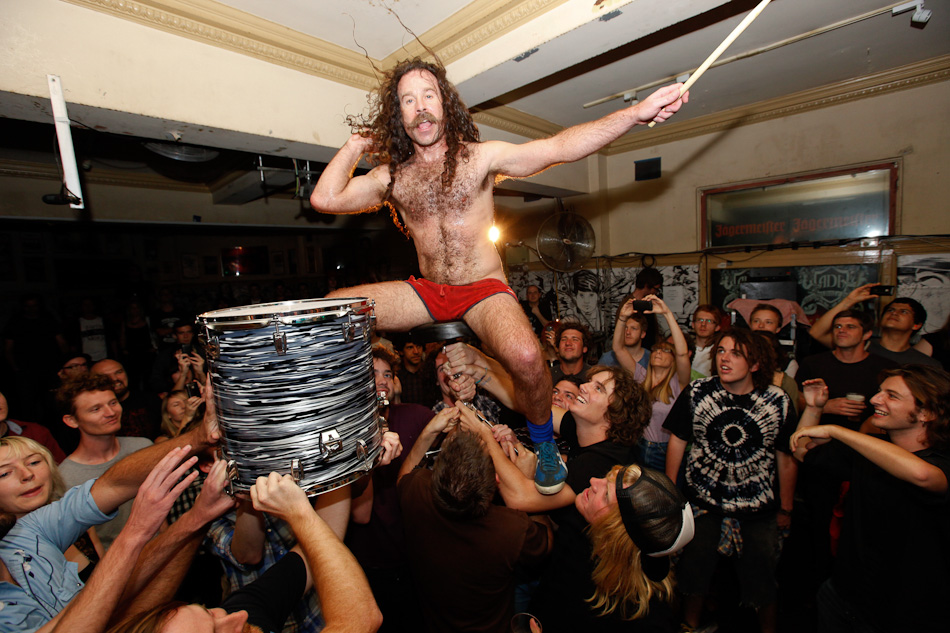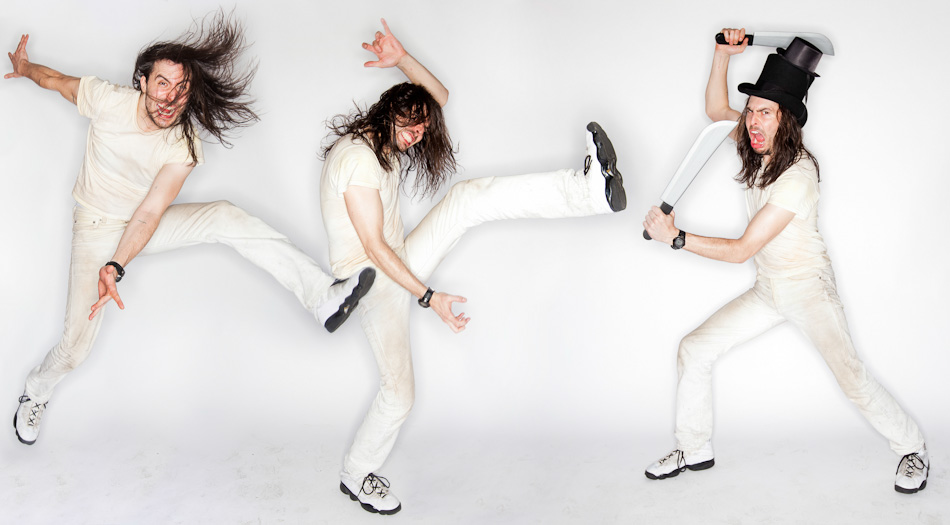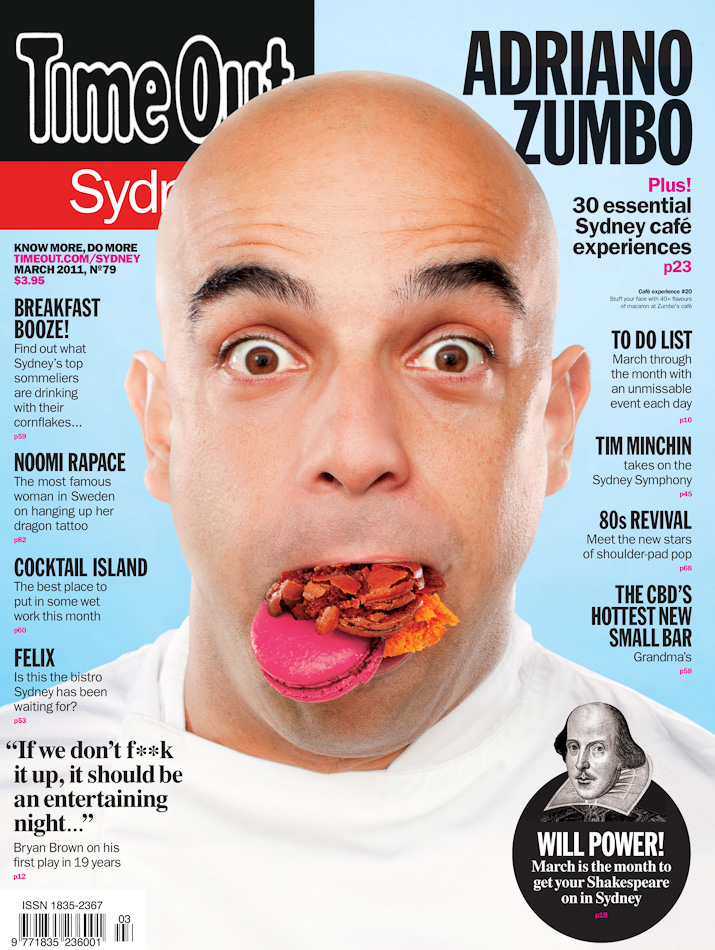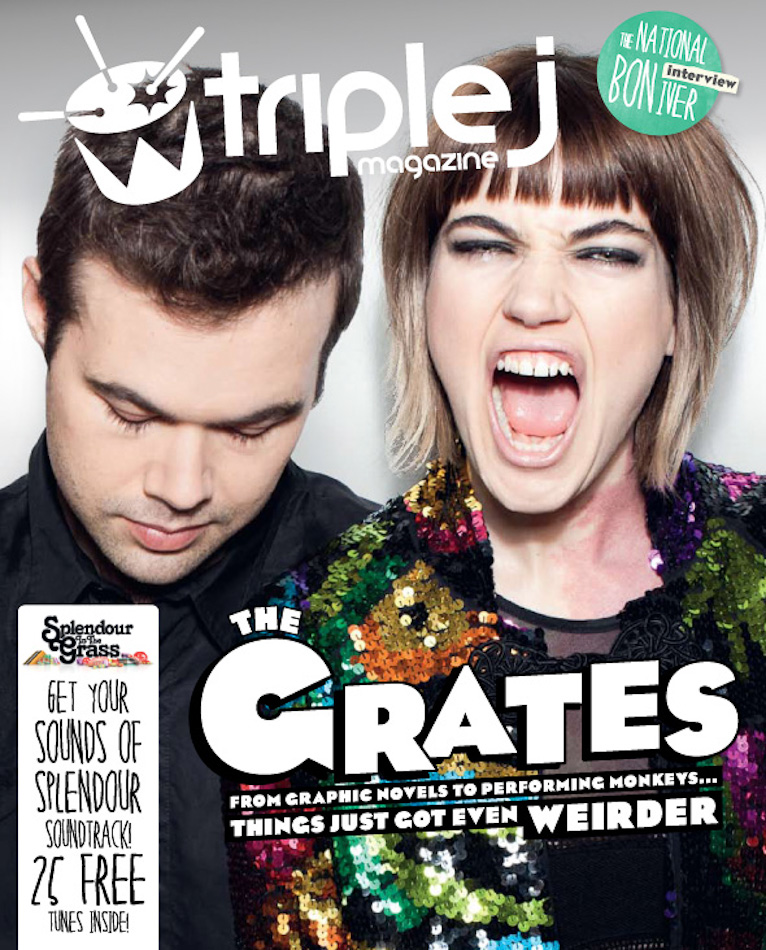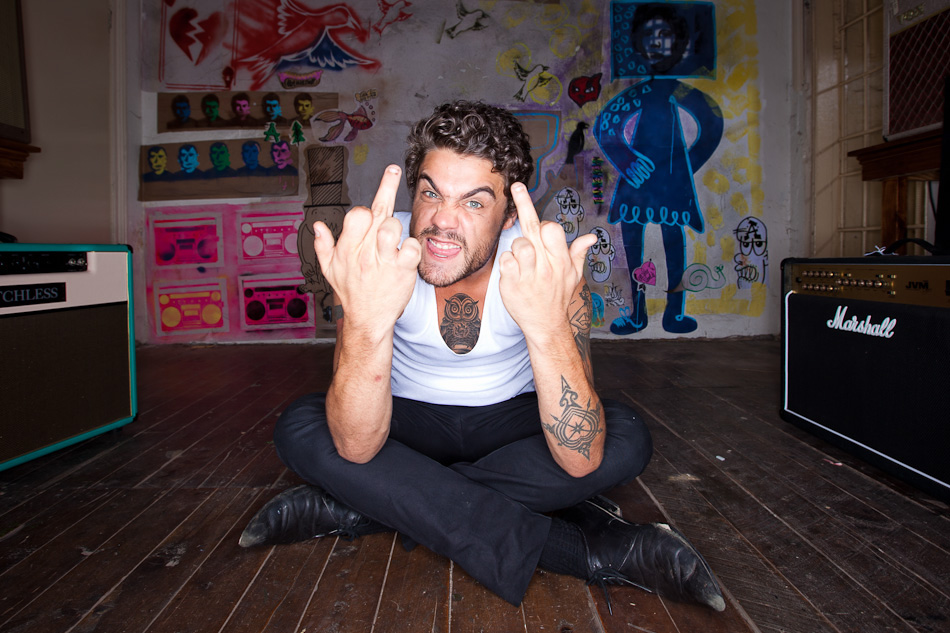Interview and portrait tips in Digital Photography magazine
 About 6 months ago i got an email from writer/photographer Lisa Perkovic asking if i'd be interested in talking to her about my work for a story in Digital Photographer magazine. I'm always happy to talk photography, so over email i answered some of her questions, and now they're in print in the current issue of the magazine.
About 6 months ago i got an email from writer/photographer Lisa Perkovic asking if i'd be interested in talking to her about my work for a story in Digital Photographer magazine. I'm always happy to talk photography, so over email i answered some of her questions, and now they're in print in the current issue of the magazine.


The words are a little hard to read in the print layouts here, so i've reproduced the article, along with photos and commentary below.
Daniel Boud shares his secrets on shooting from the soul – on stage and in the studio.
Setting up boudist.com in 2003 was a life-changing move for then web designer Daniel Boud. A passion for photography, a knack for shooting live music gigs and a space for sharing his shots was a winning combination. Named as one of The Music Network’s Top 30 Under 30 in 2010, and currently Time Out Sydney’s chief photographer, Boud is living the dream – but hasn’t let it go to his head.
“A positive reaction to your work is always encouraging,” he says. “It reminds you that you’re on the right path. I’m always so critical of my work and see all of its flaws, so an outside boost can be welcome. But I don’t ever rest on my laurels, I’m always striving to do better.”
The self-taught photographer puts down practice as the key to success. “I bought a digital camera in 2001 and it just set off a switch in my brain where I became obsessed with documenting every little inane thing in my life. It wasn’t consciously a training exercise but the systematic process of shooting tens of thousands of pictures. And striving to get better each time meant I got many hours of experience under my belt.”

With an instinctual style, Boud draws inspiration from everything around him – other photographers’ work, blogs, magazines, movies, cinematographers. Being creative is an important part of the job, but it’s also important his subjects are willing to be a part of that vision.
“My most recent subject was a musician named Devendra Banhart and he was awesome to work with. I had an idea to have him lie on the ground, surrounded by food and lollies. He was up for it and then amped it up by asking to have hundreds and thousands poured all over his face.
It’s really fun working with people who collaborate and aren’t afraid to experiment with things. I’ve photographed several drag queens and transgender people and that can be quite outrageous. Being in drag is an excuse to exercise parts of your personality you wouldn’t normally reveal, so drag performers can be very uninhibited.”

Boud photographs a diverse range of subjects – everything from Sydney’s best burgers to some of the world’s best performers – but portraits still have a big pull.
“My first love was shooting live music but these days I find more satisfaction shooting portraits. There’s more of me in a staged portrait: I control the lighting, the location and can give the subject direction.”
Here he answers our questions on portraits, performances and post-production:
You do a lot of music photography: what are the issues when shooting musicians performing live?
There are several limitations when shooting live, which I actually find helpful. You only get to photograph three songs, so you have to have your wits about you. There’s little time to make mistakes. You have zero control over the lighting and zero control of your subjects. So it’s simply a matter of best documenting what’s presented in front of you.
How do you get your subjects to relax in front of the camera?
Like a good dentist or doctor, a photographer must have an excellent bedside manner. You have to instill confidence in your subject. If you’re having a tooth pulled, you want your dentist to act as if this is a really normal procedure that he’s done thousands of times before. It’s the same with taking a portrait. Talk to your subject about what’s going to happen, ask them questions about how they’re feeling, explain that this should be a collaborative and enjoyable experience. Use positive reinforcement. Some people are natural in front of the camera, but most people aren’t, so allow them time to warm up and realise that getting their picture taken really isn’t as bad as having a tooth pulled. And if all that fails, get them drunk.
What do you want from subjects?
I want them to relax and feel that they’re in a safe place where they can be creative, to think about what we could do together that would best represent them. I often tell people to not be afraid to act like an idiot. The worst that could happen is that the photo doesn’t work, but no-one ever need see that. They’ll only see the best shots, and to get them, you have to get some bad ones first.
How do you pull energy from subjects and convey that in your work?
It can be a challenge if you don’t have much time or your subject is very uncomfortable. But simple directions, asking people to move or do something different, can be useful. You could ask your subject to jump on the spot, walk towards the camera, tell a joke, yell down the lens. They’re all things that allow your subject to be in the moment, rather than think about having their picture taken.
How much control do you get over what the shoot will look like?
Usually a lot. Sometimes a picture editor or magazine art director will be really specific with what they’re after if it’s for a cover, but otherwise I’m usually left up to my own devices.
Do you work with stylists on your shoots?
For the bigger music shoots with a decent budget I have. It can be a real help for people to have options for clothes and accessories to wear, but some people don’t like it because it feels inauthentic
How long does a shoot typically take?
It really depends. I’ve done shoots with stars in hotel rooms where I’ve had one minute to nail a portrait… but then I’ve also had all-day shoots with several different locations and many different set-ups.
Do you tether the camera to the computer to see the images as you’re working?
I have shot tethered but it’s not something I normally do.
When you’re shooting on location, do you use available light?
Yes, but I will also often use lighting in addition to the natural light to give a bit more control.
What sort of lighting set-ups do you use at shoots?
All sorts. I’ve got no standard set-up, each time is different. I’ve also got a studio with all sorts of gear. If I’m going on location and the budget is amenable I’ll hire Profoto lights and modifiers.
When you’re shooting an event or a live performance, are you part of the crowd or apart from it?
Both. I shoot events best when I’ve got an emotional attachment to them, whether it’s a band I love or an event surrounded by friends.
What do you think about “party” and “gig” photographers?
It’s a real skill to capture those sorts of events well. It takes a mixture of really knowing your gear well and working in unpredictable environments, plus having the personality to be bold and interact with people to get the best possible pictures.
Are you a “get in right in-camera” or ‘fix it later on the computer” photographer?
Definitely an in-camera guy. If someone comes to me with a concept that requires a lot of retouching, I’ll usually look for ways to get a similar result in-camera. Otherwise I’ll suggest another photographer because I really don’t enjoy the post-production process.
Can you give us an insight into your post-processing techniques?
It’s pretty straightforward. Import the shots into Lightroom; do a first pass look to pick all the decent shots; then do a second pass with a more critical eye to be left with only the very best shots. I then only do minor adjustments in Lightroom. I very rarely touch Photoshop anymore. I may adjust the white balance, straighten the shot if it’s a little crooked, bring out a small bit of shadow detail, remove any sensor dust and make sure the exposure is bang on. That’s about it.
Who’s on your photography wish list?
Taking someone’s picture is often just a great excuse to meet interesting people. So if I was to aim for the stars I’d say someone like Barack Obama, David Bowie, Bono or Jack White.
Top Boudist tips for Portrait photography
- Be prepared. Have everything ready before your subject arrives so you jump straight into it and don’t have to adjust any lighting.
- Have a conversation. Talk to your subject. Make the process collaborative.
- Direct your subject. Don’t be afraid to tell someone how to stand, where to put their hands, what direction to look in or give them some motivation for their expression.
- Have confidence. Your subject is looking to you for reassurance. It can be intimidating having your picture taken, so your subject needs to know you’re going to make them look amazing.
- Positive reinforcement. Let your subject know how awesome they look. The ego boost will make them look better in pictures and enjoy the process more.

